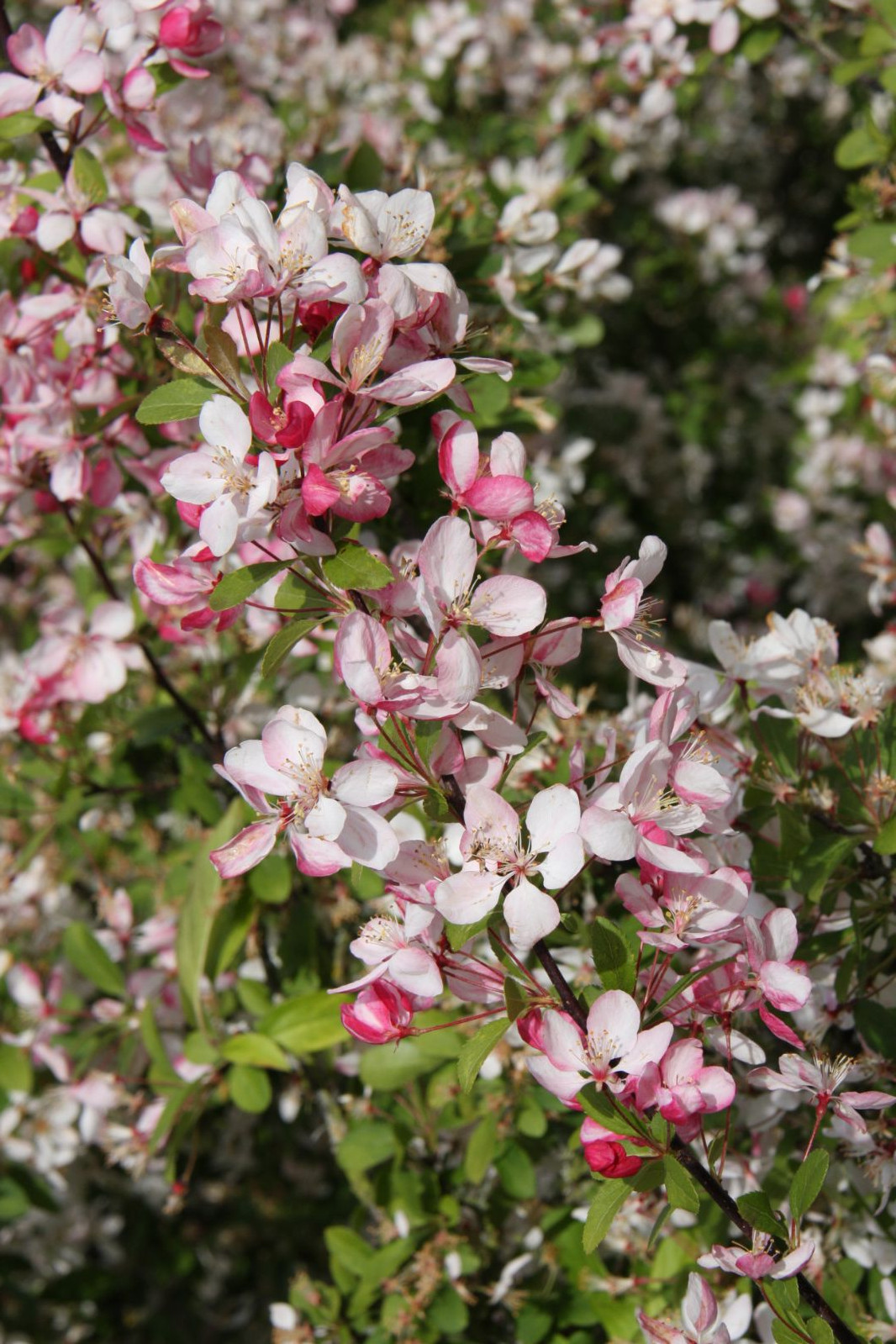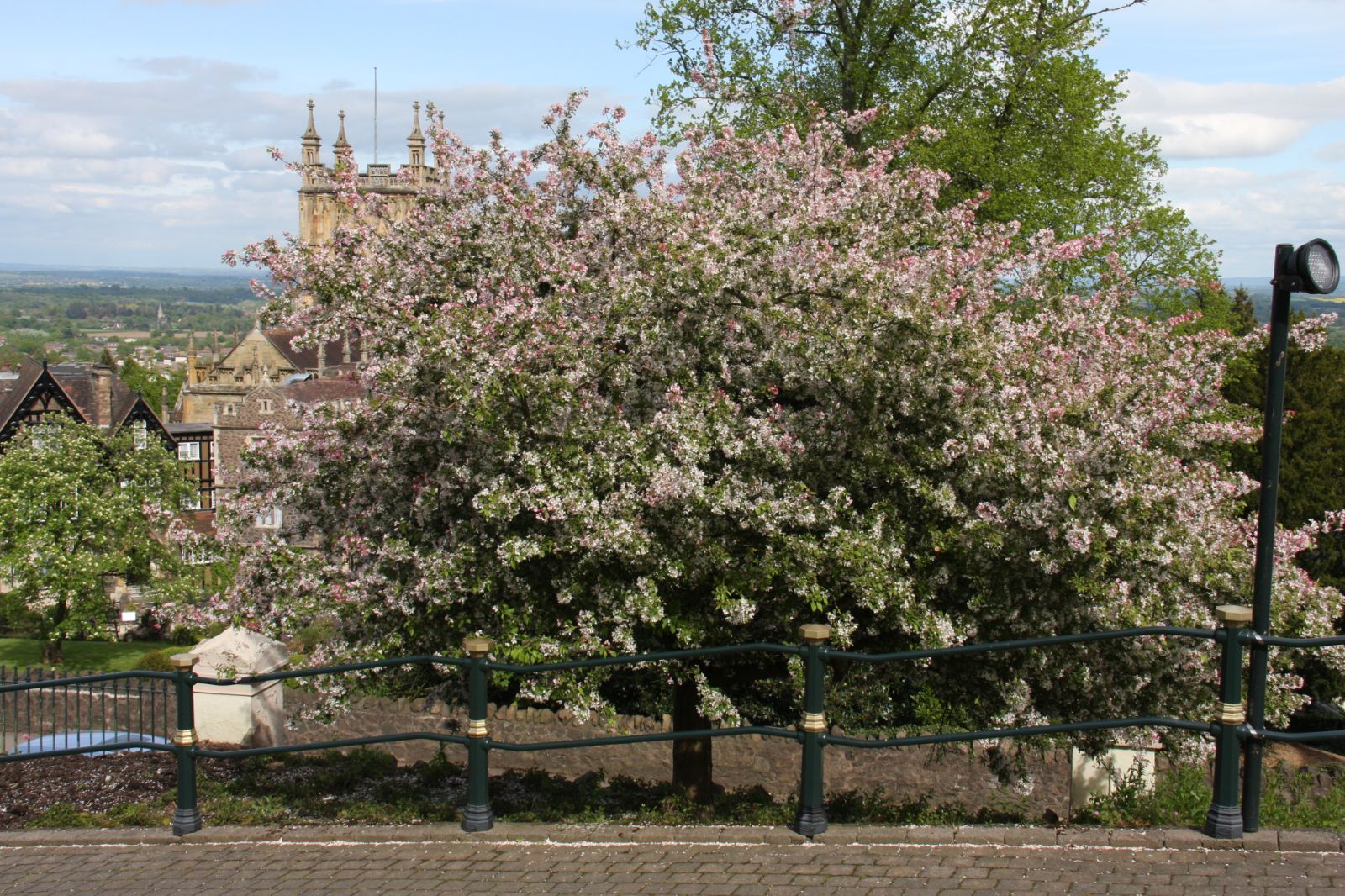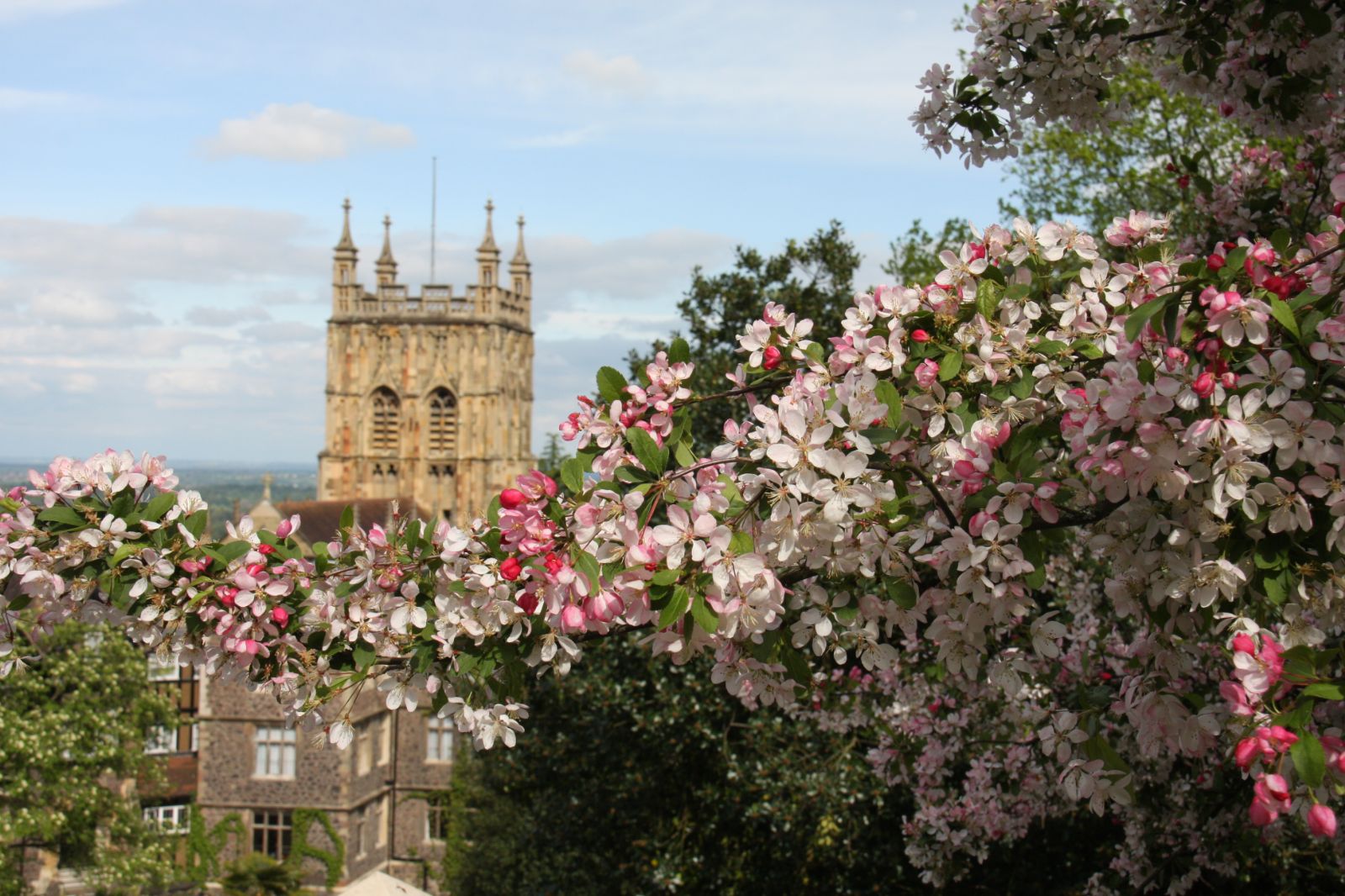Malus × floribunda
Sponsor
Kindly sponsored by
Francine: 'after many informative Tours and Study Days with the IDS I feel it only fitting to help and promote such a wonderful organisation'
Credits
Julian Sutton (species), Nick Dunn (cultivars) (2021)
Recommended citation
Sutton, J. & Dunn, N. (2021), 'Malus × floribunda' from the website Trees and Shrubs Online (treesandshrubsonline.
Genus
Common Names
- Japanese Flowering Crab
Synonyms
- Pyrus floribunda Kirchn., not Lindl.
- Pyrus pulcherrima Aschers. & Graebn.
Other taxa in genus
- Malus × adstringens
- Malus angustifolia
- Malus × arnoldiana
- Malus asiatica
- Malus × astracanica
- Malus × atrosanguinea
- Malus baccata
- Malus bhutanica
- Malus × brevipes
- Malus chitralensis
- Malus coronaria
- Malus crescimannoi
- Malus Cultivars A-B
- Malus Cultivars C
- Malus Cultivars D-F
- Malus Cultivars G-I
- Malus Cultivars J-K
- Malus Cultivars L-M
- Malus Cultivars N-Q
- Malus Cultivars R
- Malus Cultivars S
- Malus Cultivars T-Z
- Malus dasyphylla
- Malus × dawsoniana
- Malus domestica
- Malus doumeri
- Malus florentina
- Malus fusca
- Malus × gloriosa
- Malus halliana
- Malus × hartwigii
- Malus × heterophylla
- Malus honanensis
- Malus hupehensis
- Malus ioensis
- Malus kansuensis
- Malus kirghisorum
- Malus komarovii
- Malus × magdeburgensis
- Malus × micromalus
- Malus × moerlandsii
- Malus montana
- Malus ombrophila
- Malus orientalis
- Malus × platycarpa
- Malus praecox
- Malus prattii
- Malus prunifolia
- Malus × purpurea
- Malus × robusta
- Malus rockii
- Malus Rootstock Cultivars
- Malus Rosybloom Cultivars
- Malus × scheideckeri
- Malus sieversii
- Malus sikkimensis
- Malus × soulardii
- Malus spectabilis
- Malus spontanea
- Malus × sublobata
- Malus sylvestris
- Malus toringo
- Malus transitoria
- Malus trilobata
- Malus tschonoskii
- Malus turkmenorum
- Malus yunnanensis
- Malus × zumi
Small tree or shrub to 10 m, with wide-spreading branches. Branchlets downy at first, glabrous later. Leaf blade 4–8 cm, ovate, base cuneate, apex acuminate, margin sharply toothed; dark, dull green and hairless above, paler and downy below; on long shoots sometimes 3– or 5-lobed; petiole 1.5–2.5 cm, downy. Inflorescence 4–7-flowered; pedicels 2.5–4 cm. Flowers 2.5–3 cm diameter, on hairy purple pedicels, deep carmine buds opening pale pink, ageing to white, April-May (UK). Calyx falls before fruit ripens. Fruit globose, 6–9 mm across, yellowish to red. (Fiala 1994; Bean 1981).
USDA Hardiness Zone 4-8
RHS Hardiness Rating H6
One of the most familiar garden crabs, its form, flower and fruit combine to make it also one of the most beautiful. This is a relatively substantial, wide spreading tree, suitable for larger public spaces rather than small gardens or narrow streets (Fiala 1994); it also makes heavy water and nutrient demands on the soil (van den Berk Nurseries 2020). Flowering copiously, ‘each branch a garland’ (Bean 1981), the contrast between intensely coloured buds and pale open flowers is striking. The small fruits are not intensely coloured, but can be attractive through their sheer number. It has some susceptibility to powdery mildew and fireblight (Fiala 1994), while it is increasingly disfigured by scab in midsummer (N. Dunn pers. obs.).
For all its familiarity, the origins of the Japanese Flowering Crab are obscure. While some horticultural writers have treated it as a species, it is unknown as a wild plant and produces very variable seedlings (Fiala 1994); the modern consensus is that it is a hybrid (Royal Botanic Gardens, Kew 2020), probably between M. toringo and M. baccata (Edwards & Marshall 2019). It was introduced to Europe from Japanese cultivation in the 19th century by Philipp von Siebold; the date is unknown, but his original description includes illustrations of heavily flowering trees (Siebold in van Houtte 1865).
M. × floribunda has been so widely planted in Europe and North America for so long that it seems pointless to single out collections which include it. Many of the best British specimens are growing in relative obscurity in public parks and private gardens; The Tree Register (2020) lists 21 extant specimens, ranging from 6–9 m tall and growing in locations scattered from Cornwall to Aberdeenshire.



